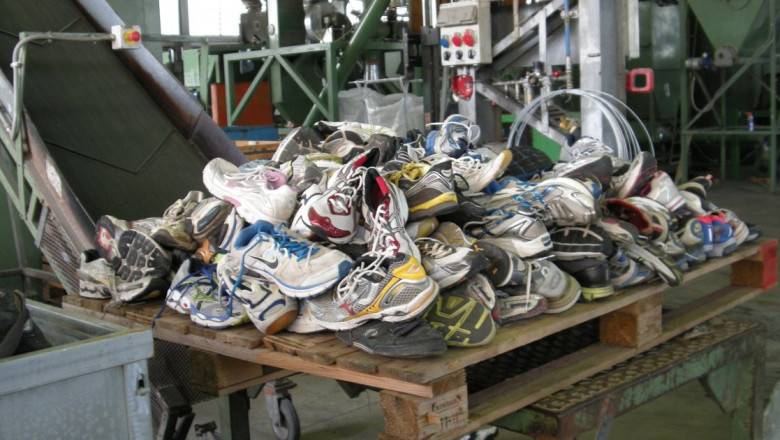views
Introduction
The textile recycling market is rapidly expanding, driven by sustainability goals, government regulations, and growing consumer demand for eco-friendly solutions. As the industry evolves, several key players are shaping its competitive landscape through innovations, partnerships, and strategic initiatives.
Major Players in the Textile Recycling Market
-
Renewcell
-
Specializes in chemical recycling of cellulose-based textiles, converting them into Circulose® pulp for reuse in fabric production.
-
Collaborates with global fashion brands to integrate recycled materials into supply chains.
-
-
Worn Again Technologies
-
Focuses on advanced polymer recycling, separating and recovering polyester and cellulose from discarded textiles.
-
Aims to create a closed-loop system for synthetic fiber reuse.
-
-
Patagonia (Worn Wear Program)
-
Implements take-back and resale initiatives to extend the lifespan of textiles.
-
Invests in innovative textile recycling partnerships and sustainable material development.
-
-
The Salvation Army & Goodwill Industries
-
Operate large-scale textile collection programs, diverting millions of pounds of clothing from landfills each year.
-
Partner with recycling firms to process unsellable textiles into reusable fibers.
-
-
H&M Group (Garment Collecting Program)
-
Runs one of the largest global take-back schemes, encouraging consumers to recycle old clothes.
-
Collaborates with textile recyclers and research institutions to improve fabric recovery technology.
-
Competitive Landscape and Market Strategies
-
Technological Innovations
-
Companies are investing in mechanical and chemical recycling technologies to improve textile recovery rates and fiber quality.
-
Development of new processes, such as enzymatic and solvent-based recycling, is enhancing efficiency.
-
-
Sustainability Commitments and Partnerships
-
Many brands are forming alliances with textile recyclers to meet sustainability goals and regulatory requirements.
-
Joint ventures between fashion brands and recycling firms are accelerating the adoption of circular economy principles.
-
-
Government Regulations and Industry Standards
-
Regulations such as extended producer responsibility (EPR) are pushing companies to integrate recycling into their business models.
-
Certifications and labeling initiatives (e.g., Global Recycled Standard) help consumers identify sustainable products.
-
-
Expansion of Collection and Sorting Infrastructure
-
Leading players are investing in automated sorting facilities to improve efficiency and increase textile recovery rates.
-
Initiatives such as smart textile bins and AI-powered sorting systems are revolutionizing collection processes.
-
Future Outlook
The textile recycling market is expected to continue its growth trajectory, driven by increased investment, innovation, and policy support. As competition intensifies, companies that prioritize sustainability, advanced recycling technologies, and consumer engagement will have a competitive advantage in shaping the future of textile circularity.
Conclusion
Key players in the textile recycling market are transforming the industry through technological advancements, strategic partnerships, and sustainability initiatives. While challenges such as infrastructure gaps and cost constraints remain, ongoing efforts to enhance recycling processes and expand market reach will solidify the role of textile recycling in a circular economy.






















Comments
0 comment